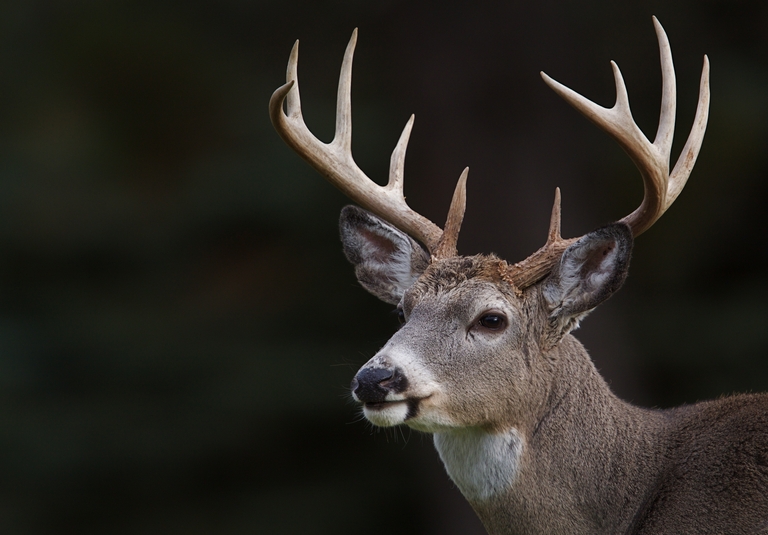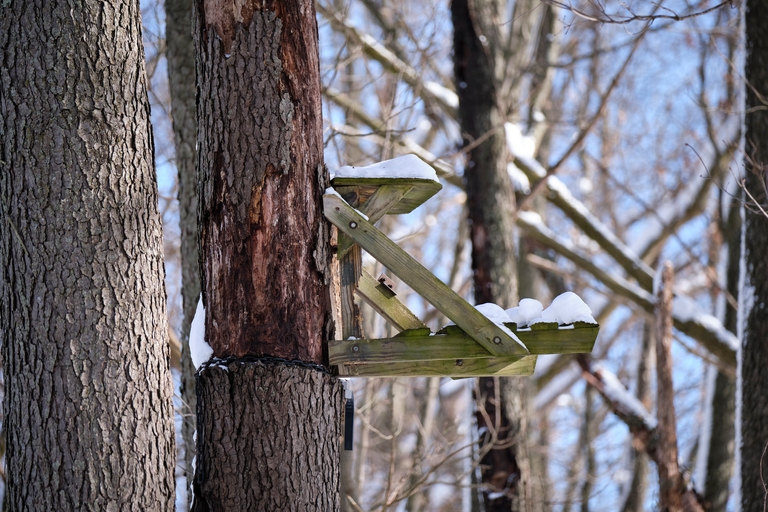Hunting Basics: How Does a Lever Action Rifle Work?

Classic, stylish, and endlessly iconic lever-action rifles invoke images of the American Civil War, Western films, and the history of the U.S. frontier.
However, these rifles are far from a relic of the past. A growing crop of new lever-action rifles and some classics are still popular with hunters familiar with this rifle type's speed and versatility.
So, how do lever-action rifles work? Today, we look into the mechanics of these rifles, explore the advantages of choosing this firearm type, and provide a comprehensive collection of tips and safety strategies, ensuring you are well-equipped to maximize your hunting experience.
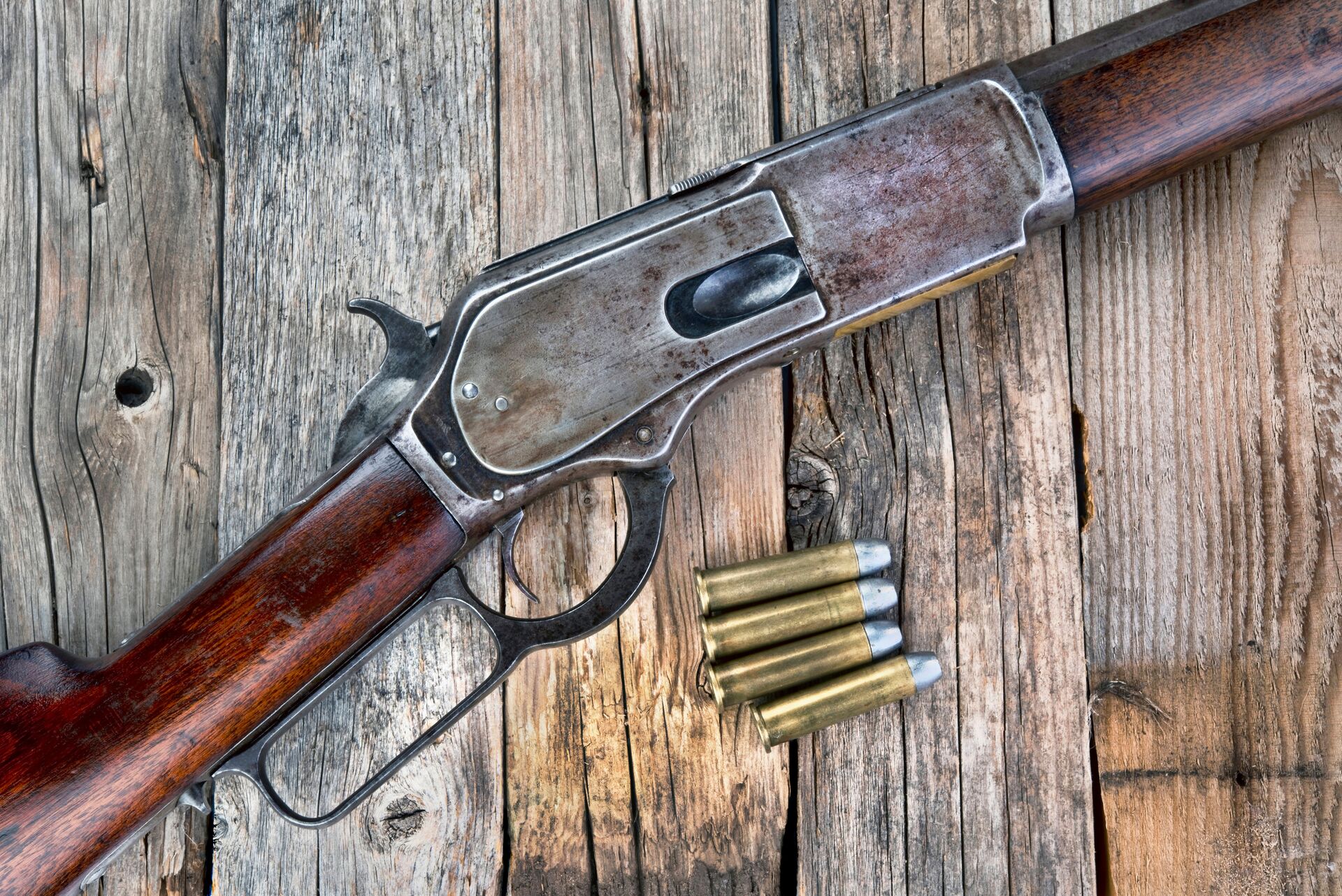
An Introduction To Lever-Action Rifles
While many consider the lever-action rifle a true American innovation, it has its roots in 19th-century Italy. Italian inventor Cesar Rosaglio first patented a lever-action handgun in 1829.
This invention paved the way for Daniel Wesson and Horace Smith to develop a new type of rifle dubbed the "Volcanic Repeating Rifle," which had limited success.
It wasn't until 1860 that Benjamin Tyler Henry, an employee of New Haven Arms, patented the Henry rifle. It was a sixteen-shot .44 caliber rimfire breech-loading lever-action rifle that built upon the shortcomings of previous designs.
The Henry rifle was used during the American Civil War; although it was not widely adopted, it was noted for its increased rate of fire. Many consider this to be the first success story of lever-action rifle production history.
The Henry model slowly evolved into the Winchester Model 1873, or the "Gun That Won the West," an American symbol of firearm capacity on the frontier.
Due to their iconography, lever-action rifles are a popular choice for hunters nostalgic about a time past. Popular models include the Winchester Model 1873 and the Marlin 336, first developed in 1893.
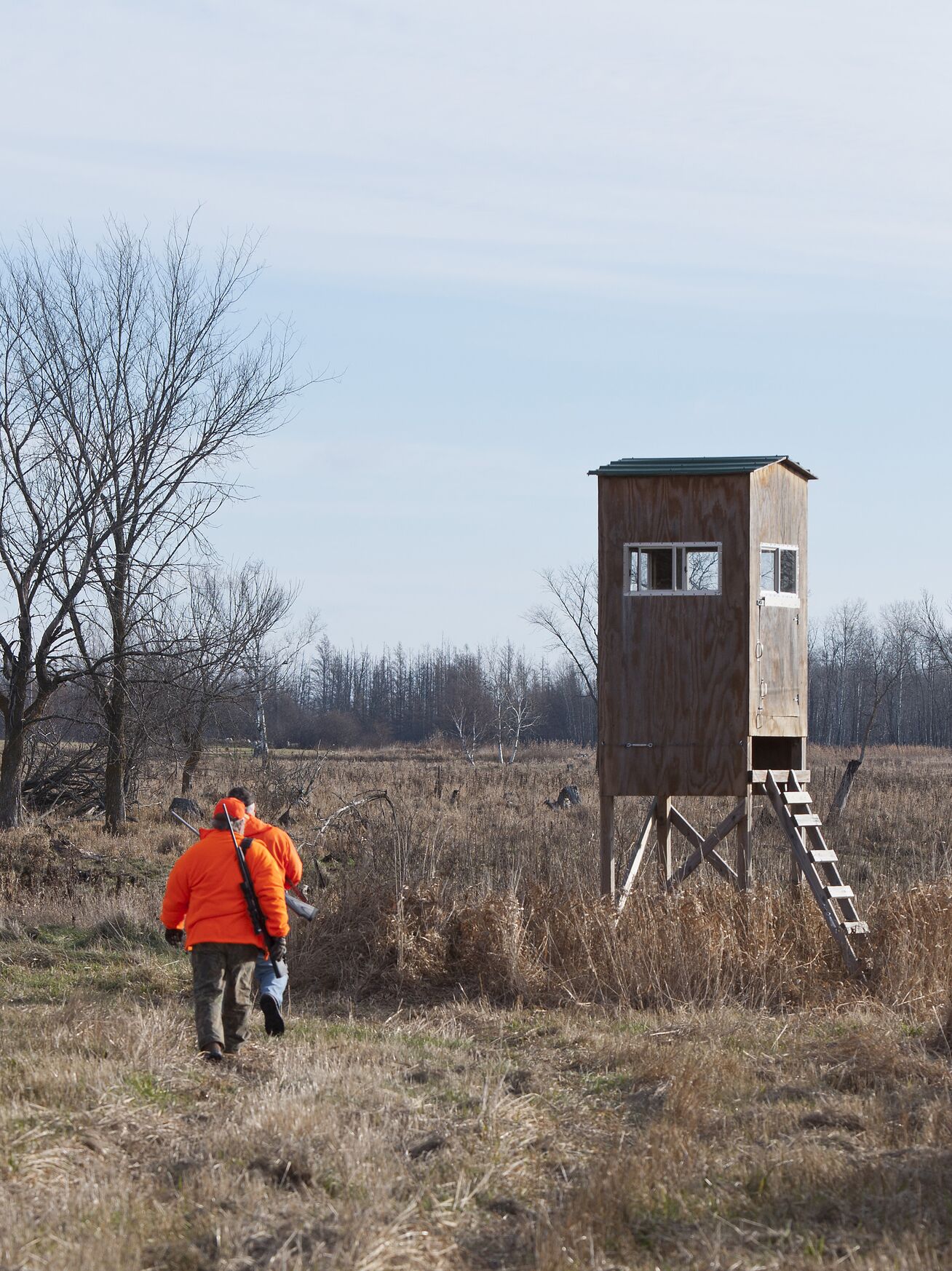
How Does a Lever-Action Rifle Work?
A lever-action rifle has a large metal lever located behind the trigger. This lever is commonly a curved piece of metal located below the receiver and attached to an action mechanism. It is used to load and discharge cartridges from the chamber manually.
Loading the Rifle
Lowering the lever opens the breach, allowing a cartridge to be loaded. Conversely, raising the lever cocks the hammer, readying the rifle to fire.
Cartridges are inserted into the magazine tube through the loading gate when loading. The magazine tube is under the barrel and has a spring mechanism pushing the cartridges towards the action.
When loading cartridges, try not to push them all the way in, as you risk pinching your fingers. Instead, load each round with the consecutive round after placing them about 2/3rds of the way through.
Chambering a Round and Firing
To chamber a round, the lever action will cycle a round into the chamber and cock the hammer. To fire the rifle, you either cock the hammer or disengage the safety and pull the trigger.
Ejecting Spent Cartridges
To eject spent cartridges, lower the lever and cycle the action, ejecting the fired case and chambering a fresh round.
Always be aware of when a new cartridge has been chambered. Be careful not to lose concentration or put the rifle down.
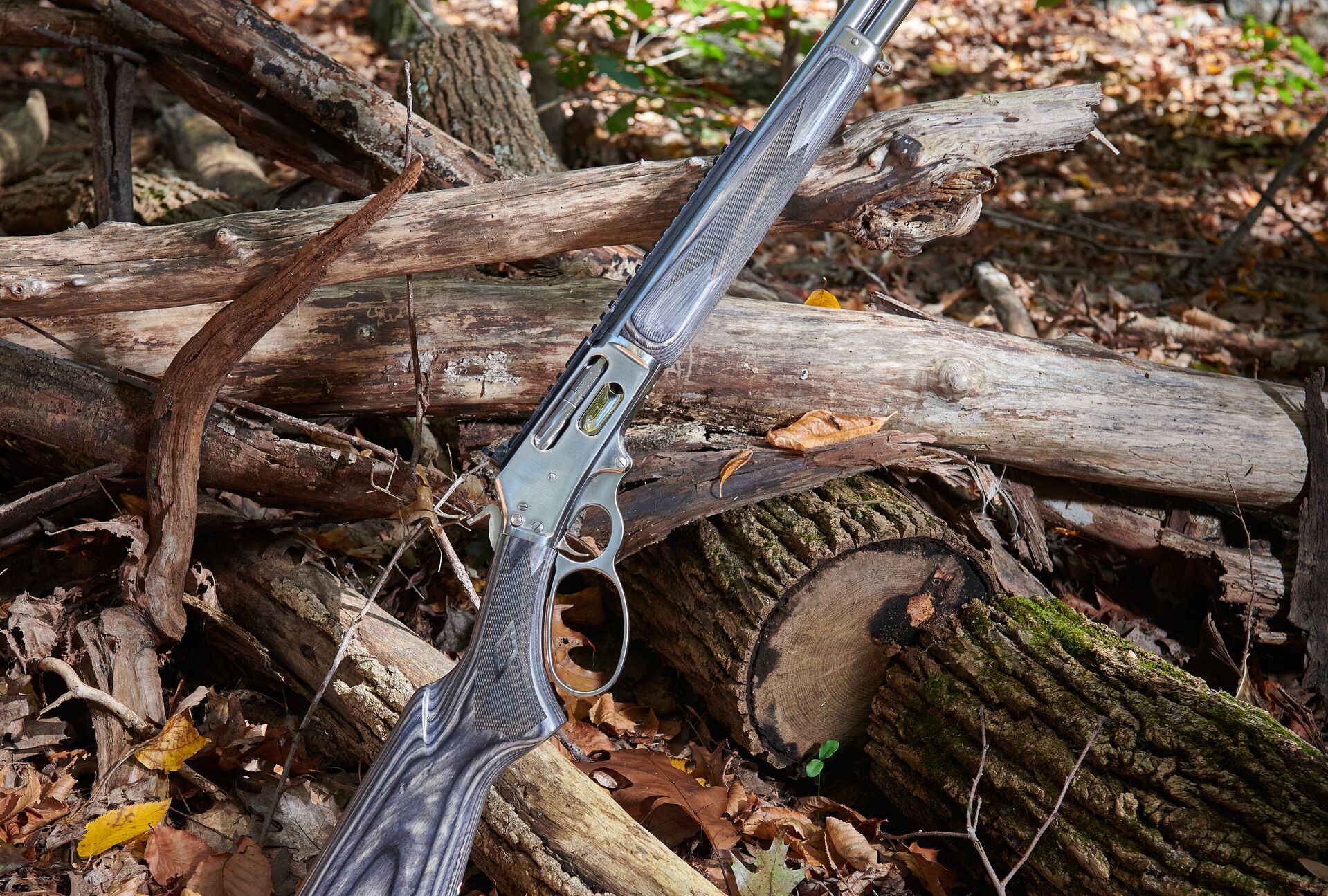
What Are the Advantages of Lever-Action Rifles?
Why should you choose a lever-action rifle for your next hunt? There are plenty of benefits to using this firearm.
Some of the critical benefits include:
- Speed and efficiency: Due to a lever-action rifle's rapid-fire capability, a hunter can cycle through cartridges rapidly, ensuring faster follow-up shots on the injured game or faster consecutive shots on smaller species such as hares or jackrabbits.
- Compact and lightweight: Lever-action rifles are more compact than bolt-action rifles, making them easier to use in dense hunting locations like thick brush and forest.
- Versatility: Lever-action rifles are available in a wide range of calibers, making them appropriate and ethical choices for a number of differing species.
- Simplicity: Lever action rifles are relatively easy to operate and follow intuitive loading and cycling action.
Finally, lever-action rifles are great for collectors who want to own a piece of U.S. history and ingenuity.
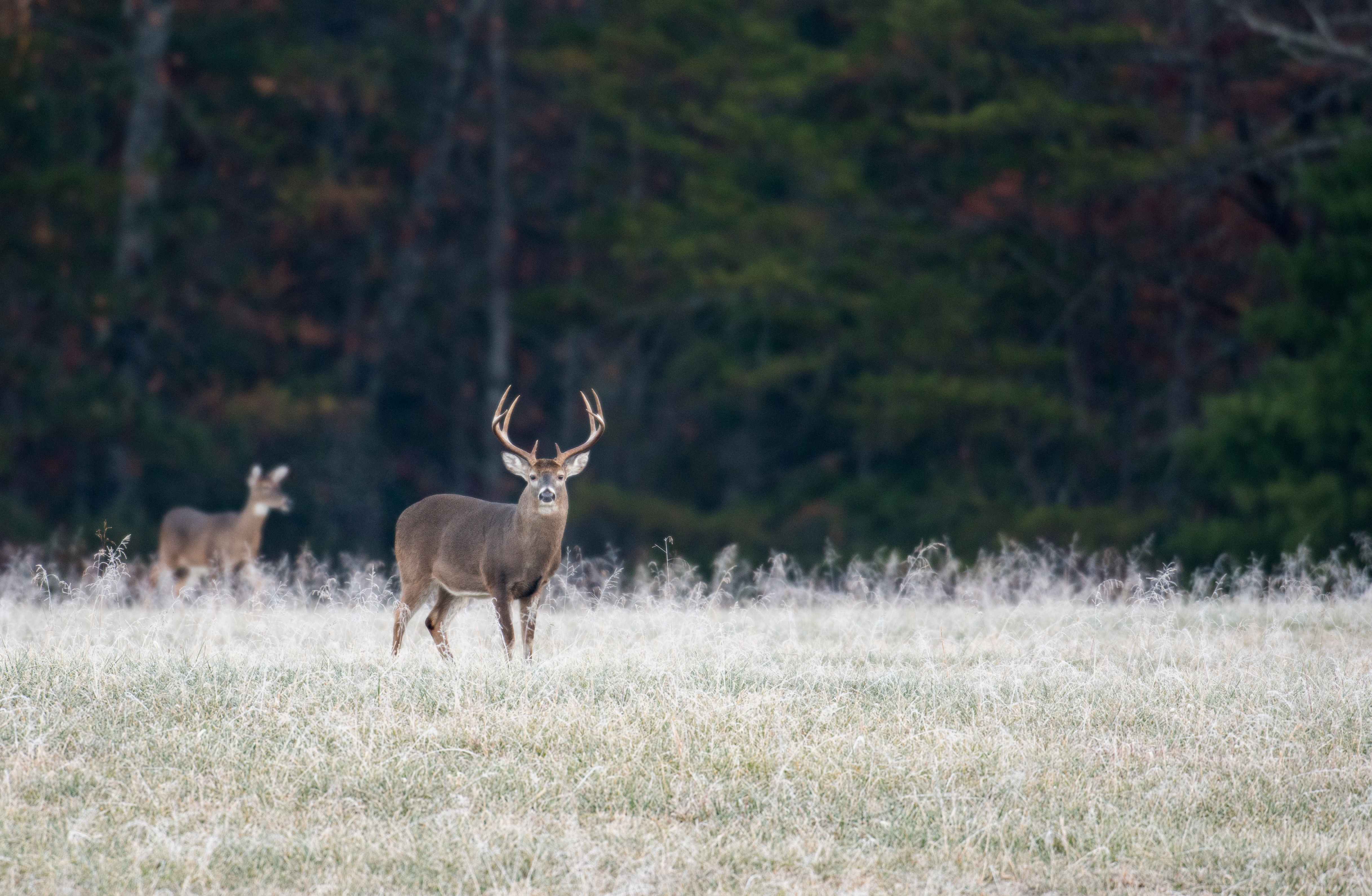
Practical Hunting Tips For Lever Action Rifles
Due to their simplicity and ease of use, lever-action rifles are an excellent option for hunters of all levels looking for a reliable and compact firearm.
Here are some strategies for success when lever-action hunting.
Choose the Right Caliber
When choosing the right caliber, consider your hunting requirements, previous experience, and the type of game you intend to target.
Historically, the .45-70 Government and .444 Marlin have been a solid choice for their proven performance and efficiency when hunting big game; however, there is a full range of options.
Additional popular choices include the .22LR, .357 Magnum, and .30-30 Winchester, and some manufacturers are creating rifles for more modern calibers.
Sighting and Accuracy
Many hunters mount a scope on their lever-action rifle, offering greater accuracy at about 100 yards. To sight your rifle, mount it securely, set a target between 25 and 100 yards, and adjust for wind and elevation until the aim matches the impact.
Maintenance and Care
Care, lubrication, and regular cleaning are essential, as the lever action will get quite a workout when used.
To begin with, disassemble the firearm to remove any dirt that might have built up during your time in the field, and use an approved cleaning solvent. Then, use a bore brush and bore solvent to clean the barrel, followed by lubrication before putting it back together.
How to Stay Safe With Your Rifle
Always remember the golden rules of firearm safety, including keeping the rifle unloaded when not in use and only pointing it towards that which you intend to hit.
Spend some time in the range getting familiar with the lever action. While with a bolt action, engaging the bolt will release the cartridge, on a lever action, it will both eject a fired case and chamber a fresh round–keep this in mind at all times.
When hunting, keep the safety engaged before you are ready to shoot, keep the barrel pointed in a safe direction, and ensure a clean line of sight before taking a shot.

For More Insights Into Firearm Safety, Choose Hunter-Ed
Whether you're a lever-action convert or more interested in learning about this historic rifle, your first step should be a hunter safety course.
If you're looking for everything from in-depth breakdowns of the lever-action mechanistic to general hunting safety tips that will be invaluable in the field, an online course through Hunter-Ed is a smart way to learn. With our state-approved hunting courses, we're not just a resource but an essential tool for personal knowledge and acquiring a license in your state.
We provide a comprehensive understanding of lever-action rifles and hunting safety, equipping you with the necessary expertise for a successful and safe hunting experience. So, before your next hunt, make sure you've learned the essentials of hunting safely!
Find the course for your state and start learning through our free study guides.

